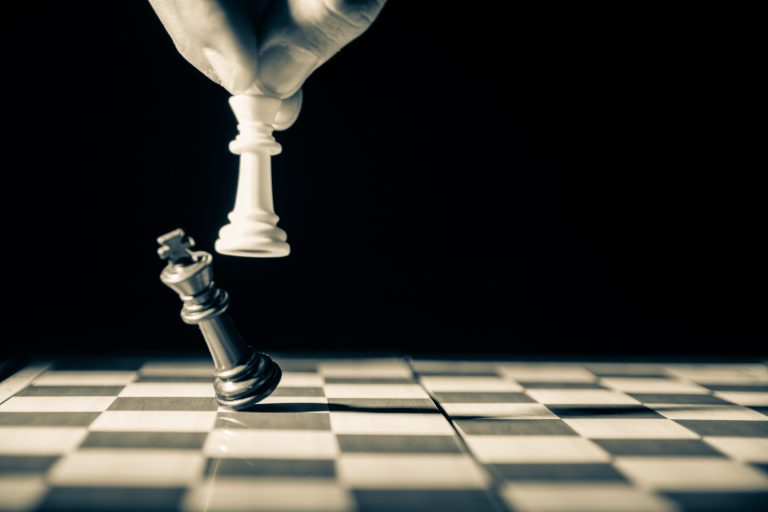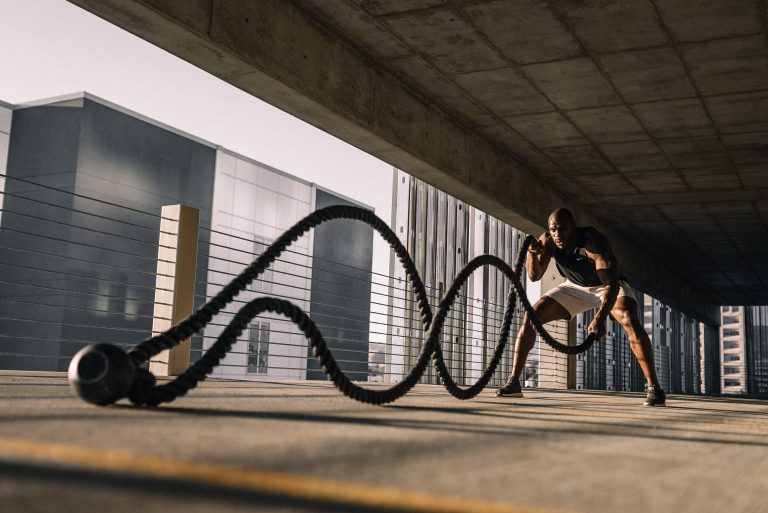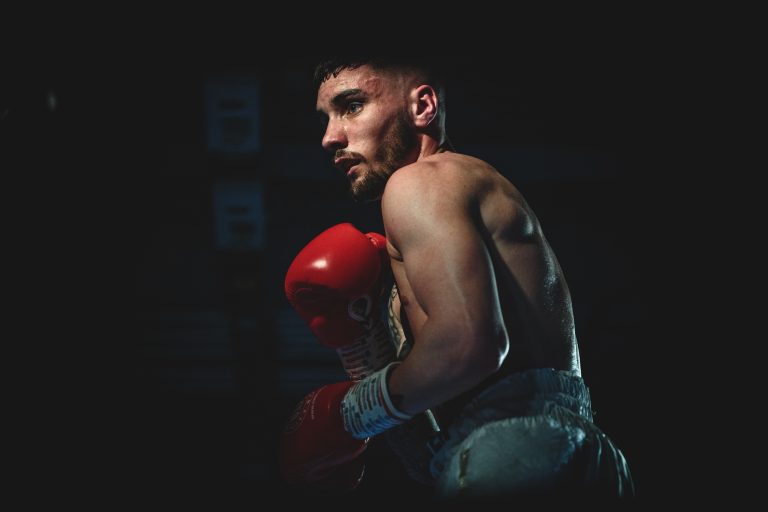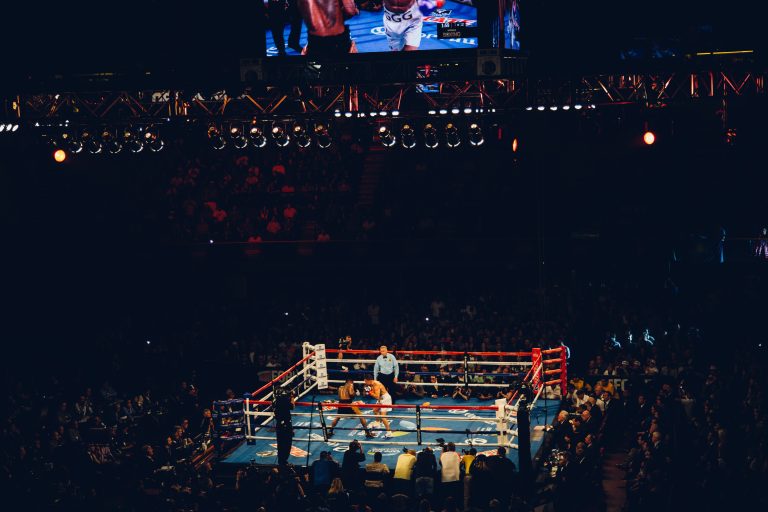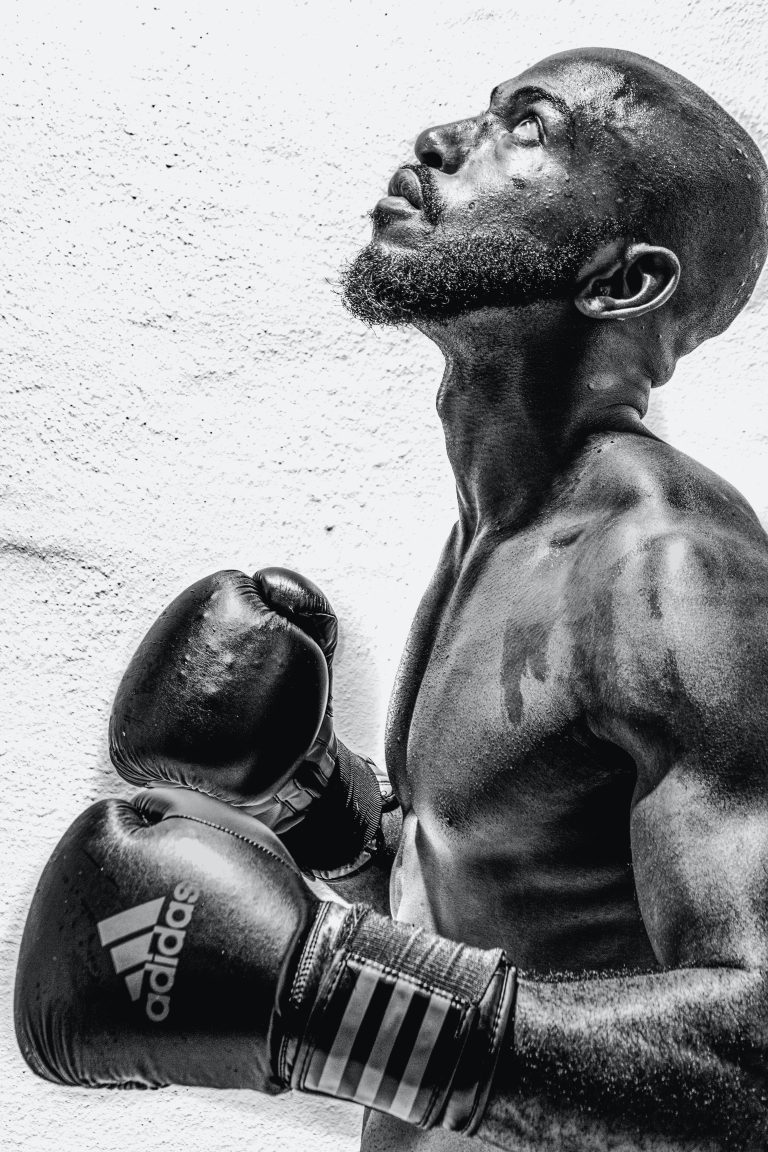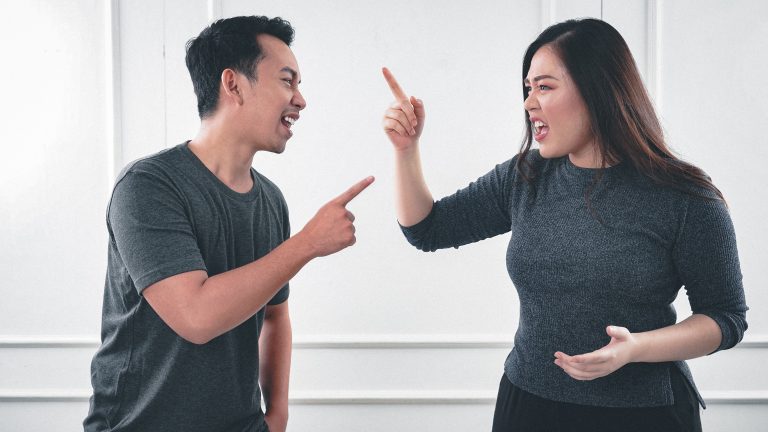Karate Styles Names: A Comprehensive Guide
Karate is a martial art that originated in Okinawa, Japan, in the late 19th century. It is a form of self-defense that teaches you how to protect yourself by using your hands and feet. Karate practitioners practice their moves and techniques through katas (patterned movements) and sparring with partners. There are several karate styles that have developed over time, each with its unique history, philosophy, and techniques. In this guide, we will explore some of the most popular karate styles names.
Shotokan Karate
Shotokan Karate is one of the most popular karate styles in the world. It was founded by Gichin Funakoshi in the early 20th century. Shotokan emphasizes strong stances, low kicks, and powerful strikes. It also emphasizes the development of inner strength, discipline, and respect for others. Shotokan Karate is known for its long, deep, and straight stances that provide a stable base for striking and blocking.
Goju-Ryu Karate
Goju-Ryu Karate is a Japanese style that was founded by Chojun Miyagi in the early 20th century. Goju-Ryu translates to „hard-soft style“ and combines hard linear movements with soft circular movements. This style emphasizes breathing techniques, joint locks, and throws. It also emphasizes the cultivation of inner strength and harmony with nature.
Wado-Ryu Karate
Wado-Ryu Karate is another Japanese karate style that was founded by Hironori Ohtsuka in the mid-20th century. Wado-Ryu emphasizes evasive movements, redirecting an opponent’s attack, and using their momentum against them. This style also emphasizes the use of the hips to generate power in punches and kicks.
Shito-Ryu Karate
Shito-Ryu Karate is a Japanese style that was founded by Kenwa Mabuni in the early 20th century. Shito-Ryu combines the techniques of both Goju-Ryu and Shotokan Karate. It is known for its natural and flowing movements that emphasize fluidity and proper weight transfer. This style also places emphasis on the importance of mental focus and discipline.
Kyokushin Karate
Kyokushin Karate is a Japanese style that was founded by Masutatsu Oyama in the mid-20th century. Kyokushin Karate is also known as „Full Contact Karate“ because its practitioners engage in full-contact sparring matches. Kyokushin emphasizes physical strength, endurance, and toughness. This style also emphasizes the importance of breathing and visualization techniques.
The Most Frequent Asked Questions About Karate Styles Names
Karate is a martial art that originated in Okinawa, Japan, and has since spread throughout the world. Over the years, different styles, techniques, and variations have been developed, resulting in a wide range of karate styles available today. As a result, it can be challenging to keep up with all the karate styles names, and beginners often have many questions about them. In this blog post, we will answer the most frequent asked questions about karate styles names.
What Is a Karate Style?
A karate style is a set of techniques and practices associated with a particular school, teacher, or system. It can also refer to a group of karateka (people who practice karate) who share similar techniques and beliefs. Each karate style has its own unique characteristics, meaning that while some styles may appear to be similar, they may have key differences in their techniques, approaches, and beliefs.
What Are the Most Popular Karate Styles?
Some of the most commonly known and popular karate styles include:
- Shotokan karate
- Goju-ryu karate
- Shito-ryu karate
- Wado-ryu karate
Shotokan karate is the most widely practiced karate style in the world and is known for its strong punches and kicks. Goju-ryu karate focuses on both hard and soft techniques, while Shito-ryu karate places a strong emphasis on kata (forms) and the technical application of techniques. Wado-ryu karate emphasizes body and footwork, making it a more fluid style.
What Are the Different Types of Karate?
Karate can be classified into different types, depending on factors such as origin, techniques, and philosophies. Some of the different types of karate include:
Okinawan Karate
Okinawan karate refers to the styles that originated in Okinawa, Japan, where karate was first developed. Okinawan karate styles tend to focus on low stances, powerful strikes, and joint locks.
Japanese Karate
Japanese karate styles developed after karate was brought to Japan in the early 20th century. These styles tend to focus on high stances, short and powerful punches, and linear movements.
American Karate
American karate styles developed after World War II when American soldiers stationed in Japan began studying karate. American karate tends to be a blend of traditional Japanese and Okinawan styles with modifications to suit Western tastes.
What Is the Difference Between Karate and Other Martial Arts?
Karate is often confused with other martial arts such as kung fu or taekwondo, but it has its own unique characteristics. Karate is based on striking techniques, such as punches, kicks, and open-hand techniques, whereas kung fu focuses on a broader range of techniques that also include grappling and joint locks. Taekwondo, on the other hand, is known for its dynamic kicks and acrobatic movements.
Is There a Best Karate Style?
There is no best karate style, as each style has its own unique strengths and weaknesses. The best karate style for an individual depends on their personal preferences, physical abilities, and goals. Some may prefer a more traditional style, while others may prefer a more modern approach with sparring and competition. The key is to find a style that suits you and that you enjoy practicing.
The Ultimate Guide to Karate Styles Names: From Shotokan to Goju-Ryu
Karate is a popular martial art that has spread across the world. It is known for its unique techniques and forms, which vary based on different styles. These styles have been developed over many years, each with its unique characteristics and origins. In this guide, we will take a closer look at the most popular karate styles and their meanings. Whether you are a beginner or an experienced martial artist, understanding the different styles can help you appreciate the art and improve your skills.
1. Shotokan Karate
Shotokan Karate is one of the most popular karate styles worldwide. It was founded by Gichin Funakoshi in 1939 and has since become popular due to its practical techniques and training methods. Shotokan means „house of Shoto,“ which was a pen name used by Funakoshi to sign his poetry.
The style emphasizes powerful strikes and kicks, combined with quick movements. Shotokan karate emphasizes kata or forms, which are pre-arranged patterns of movements that simulate actual combat situations. The style also focuses on developing self-control and discipline among its practitioners.
2. Goju-Ryu Karate
Goju-Ryu Karate is a traditional Okinawan style that was founded by Chojun Miyagi in the early 1900s. It combines hard techniques, consisting of linear strikes and punches, with soft techniques, such as circular movements and joint locks. The name Goju-Ryu means „hard and soft style,“ which represents the dichotomy of the style’s techniques.
The style places a heavy emphasis on kata or forms, with traditional weapons such as the bo staff and nunchaku also being part of the training. The style also emphasizes the importance of proper breathing techniques and internal energy, known as Qi. This makes it an excellent style for holistic training, where practitioners can improve their physical and mental well-being.
3. Shito-Ryu Karate
Shito-Ryu Karate is a relatively new style that was founded in the 1930s by Kenwa Mabuni. It is renowned for its strength and speed, with movements that emphasize agility and flexibility. The style combines techniques from both hard and soft styles, making it well-rounded.
The name Shito-Ryu means „style of Mabuni and Itosu,“ which honors the two primary senseis who influenced the style’s development. Like other karate styles, it places a heavy emphasis on the practice of kata, which helps develop muscle memory and overall technique.
4. Wado-Ryu Karate
Wado-Ryu Karate is another popular style that was founded by Hironori Ohtsuka in the 1930s. It is known for its efficiency in combat, focusing on quick movements and evasion rather than strong strikes. The style combines techniques from Shotokan and Aikido and is regarded as a soft style of karate.
The name Wado-Ryu means „way of harmony,“ which reflects the style’s emphasis on evasion and avoidance of conflict. The style also incorporates the use of traditional Japanese weapons such as the bo staff and tonfa, providing practitioners with a well-rounded martial art experience.
5. Kyokushin Karate
Kyokushin Karate is a full-contact style of karate that was founded by Masutatsu Oyama in the 1960s. The style emphasizes practicality and combat effectiveness, with training that is designed to develop strong physical and mental toughness.
The name Kyokushin means „ultimate truth,“ which reflects the style’s emphasis on disciplined training and competition. Practitioners of Kyokushin Karate engage in full-contact sparring and take part in tournaments, making it one of the most practical and realistic styles of karate.
Conclusion
Karate is a diverse and fascinating martial art that has spread across the world. The different styles each have their unique characteristics and offer something for everyone, from those who want to develop strong physical skills to those who seek a holistic approach to martial arts training. Whether you are a beginner or an experienced practitioner, understanding the different karate styles can help you choose a style that suits your preferences and goals.
Inhaltsverzeichnis

